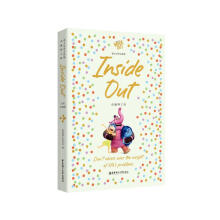The centerpiece of Scene 2 is the story of the piano. An intensely symbolic artifact,the piano takes on number of meanings in the course of its life. Initially purchased with slaves, the piano first exemplifies the interchangeability of person and object under the system of slavery. This traffic in human flesh serves to reaffirm a white kinship network at the expense of black ones——the piano is an anniversary present.Carved to placate Miss Ophelia,the pianos wooden figures then indicate the interchangeable nature of slave and ornament: as Doaker notes, "Now she had her piano and her niggers too." The piano makes all too clear that the slave is the masters gift and accessory.
Under Willie Boys hands,however,the piano becomes both a symbolic attempt to reunite his broken family as well as the transcription of the familys history through one of the few means available to him. Through his craftmanship,Willie Boy records a history all too easily lost,the history of those without the authority to write official historical narratives. As both symbol and narrative ,the figures are no longer ornamental, but totemic, the markers of a familial legacy.
Sutters ownership of the piano for Boy Charles is not only egregious in that its figures represent slaves and show the ancestors under symbolic enslavement. Sutters ownership of the familys historical narrative also keeps the Charles family in bondage. As Doaker recalls: "[Charles would] Say it was the story of our whole family and as long as Sutter had it he had us. Say we was still in slavery." It is also notable that the theft of the piano occurs on Independence Day.
展开










